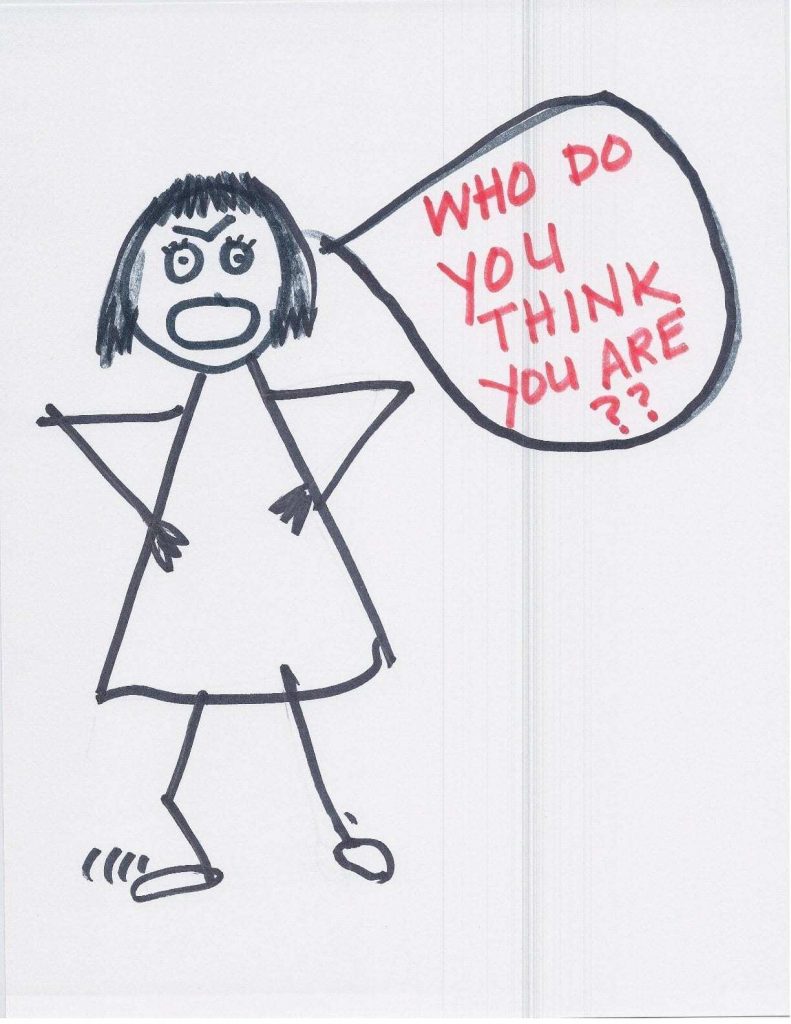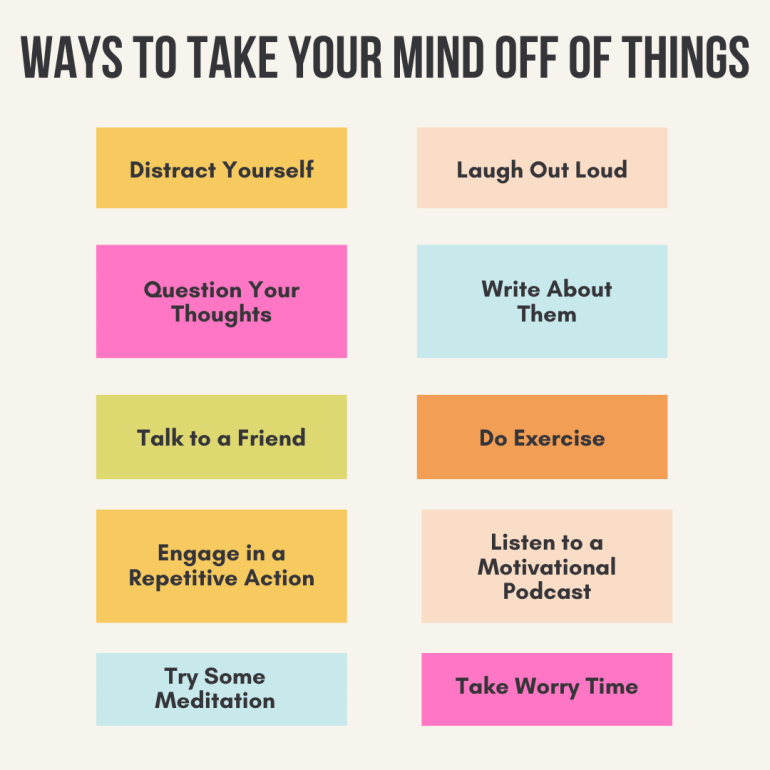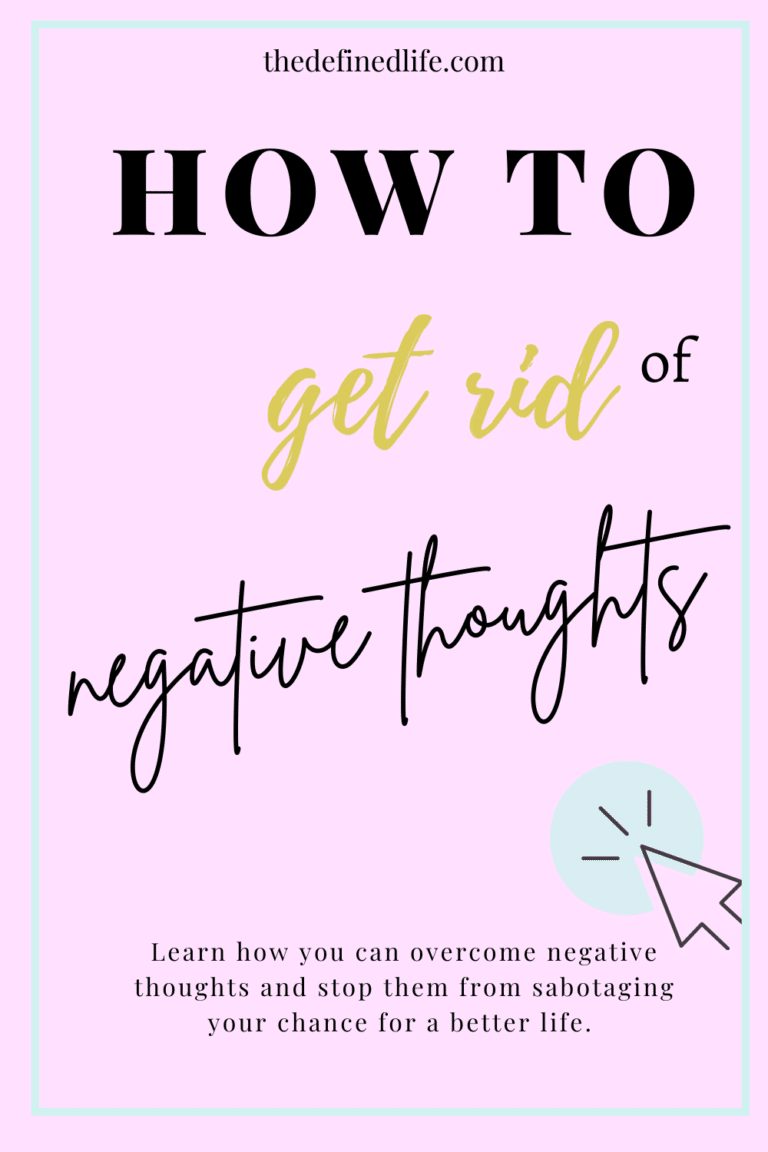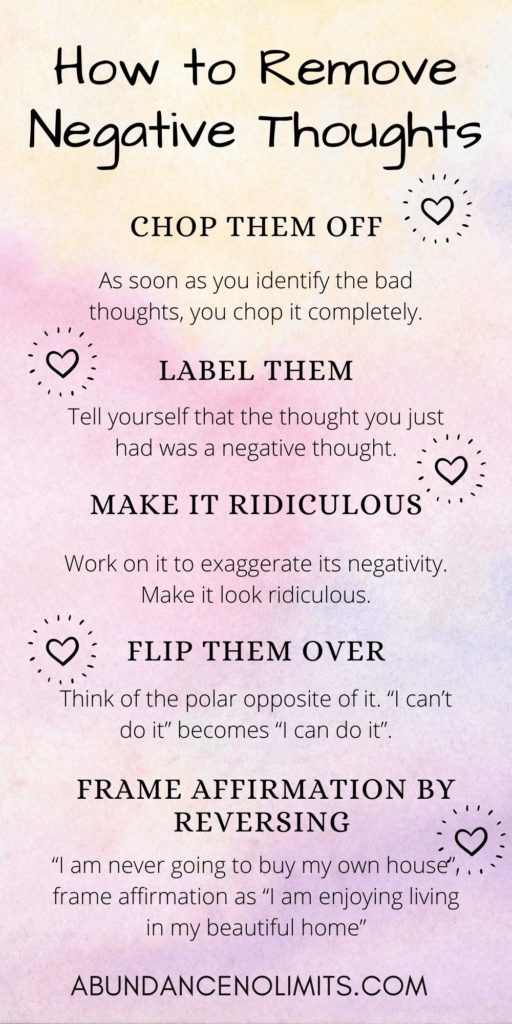How To Get A Thought Out Of Your Head

The persistent echo of an unwanted thought can be a disruptive force, impacting focus, mood, and overall well-being. But according to cognitive scientists and mental health professionals, strategies exist to effectively manage and minimize intrusive thoughts.
Understanding the mechanisms behind thought patterns and employing evidence-based techniques are key to regaining control. These techniques range from cognitive reframing to mindfulness practices, offering individuals a toolkit for mental resilience.
Understanding the Nature of Intrusive Thoughts
Intrusive thoughts are unwanted, involuntary cognitions that can range from minor annoyances to distressing obsessions. They are a common human experience, but their frequency and intensity can vary significantly.
Dr. Sarah Chen, a clinical psychologist specializing in anxiety disorders, explains that "intrusive thoughts are not inherently indicative of a mental health condition. However, when they become persistent, distressing, and interfere with daily functioning, it's important to seek professional guidance."
Cognitive Behavioral Therapy (CBT) is often recommended as a first-line treatment. CBT helps individuals identify and challenge negative thought patterns, replacing them with more balanced and realistic perspectives.
Practical Strategies for Thought Management
Several techniques can be employed to manage and reduce the impact of unwanted thoughts. Mindfulness, a practice involving focused attention on the present moment, allows individuals to observe thoughts without judgment.
This can help to detach from the emotional intensity of the thought. Regular meditation can strengthen mindfulness skills, improving overall mental resilience.
Another technique is thought stopping, which involves consciously interrupting an intrusive thought. This can be achieved through a mental command like "Stop!" or a physical action like snapping a rubber band on the wrist.
Thought stopping is often used in conjunction with other techniques to create a break in the thought cycle. Exposure and Response Prevention (ERP), a type of CBT, is particularly effective for individuals with obsessive-compulsive disorder (OCD).
ERP involves gradually exposing oneself to the triggers that elicit intrusive thoughts while resisting the urge to engage in compulsive behaviors. This process helps to weaken the association between the trigger and the unwanted thought.
The Role of Lifestyle Factors
Lifestyle factors can significantly impact mental well-being and the frequency of intrusive thoughts. Adequate sleep, regular exercise, and a balanced diet are essential for maintaining a healthy mental state.
Limiting caffeine and alcohol consumption can also be beneficial. Stress management techniques, such as yoga or deep breathing exercises, can help to reduce overall anxiety levels, making individuals less susceptible to intrusive thoughts.
Social support is another crucial factor. Connecting with friends, family, or support groups can provide a sense of belonging and reduce feelings of isolation.
Seeking Professional Help
While self-help strategies can be effective, it's important to seek professional help if intrusive thoughts are persistent, distressing, and interfering with daily life. A qualified mental health professional can provide a comprehensive assessment and develop a personalized treatment plan.
This plan may include therapy, medication, or a combination of both. Dr. Chen emphasizes that "there is no shame in seeking help. Mental health is just as important as physical health, and effective treatments are available."
Ultimately, learning to manage intrusive thoughts is an ongoing process that requires patience, self-compassion, and a willingness to experiment with different strategies. By understanding the nature of these thoughts and employing evidence-based techniques, individuals can regain control of their mental landscape and improve their overall quality of life.


















